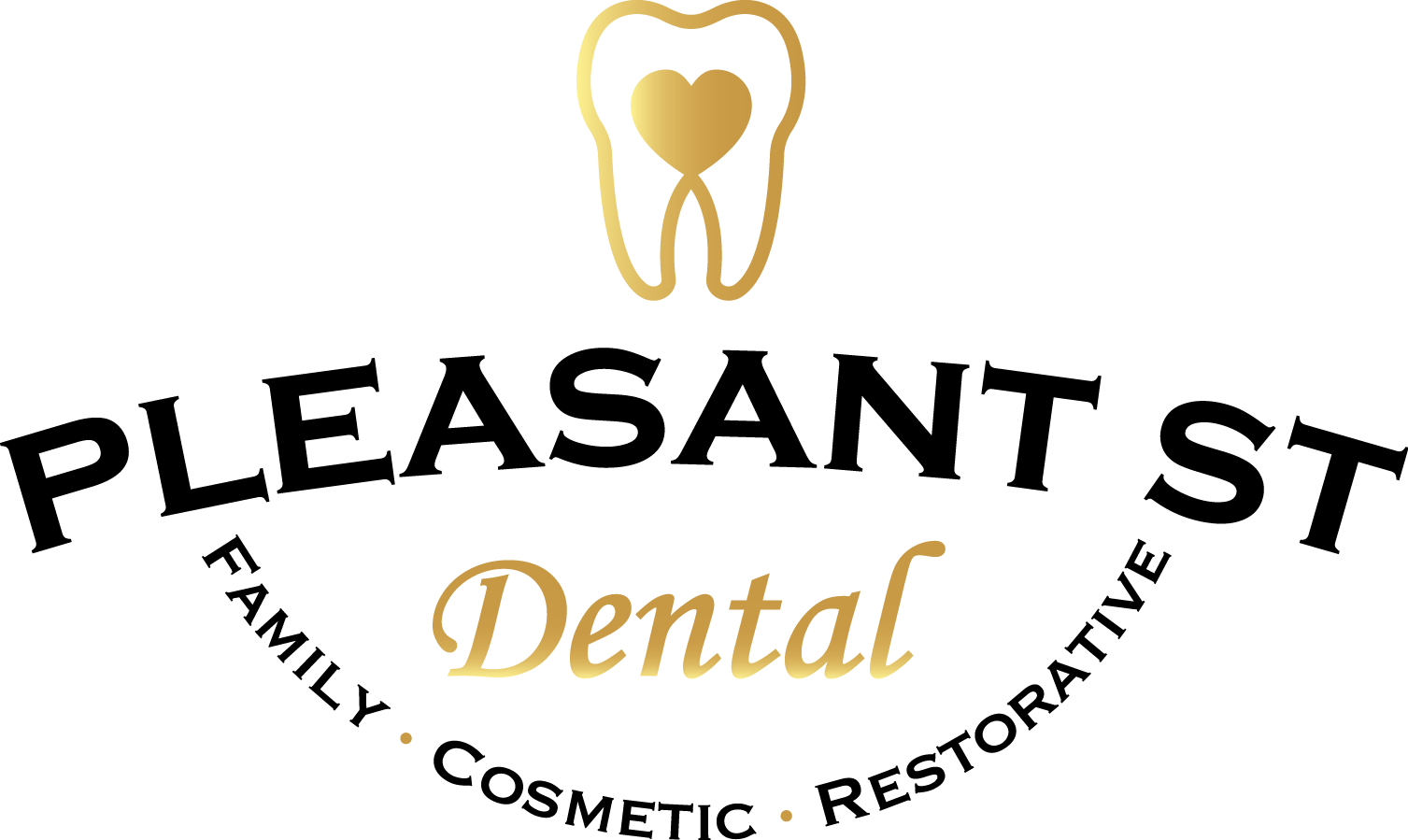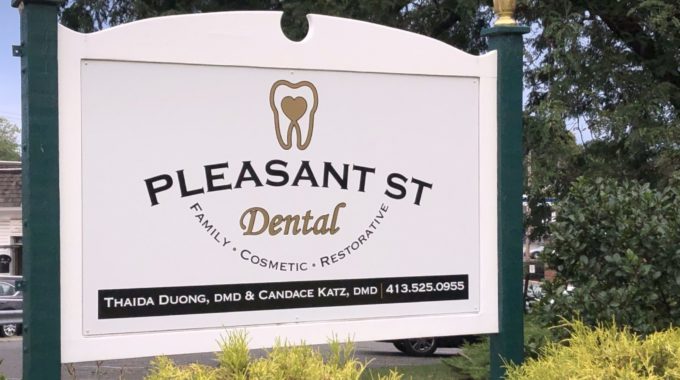To our amazing parents and their kiddos, The summer months are a great chunk of…

Root Canal Awareness Week
Although the thought of a root canal can be scary, root canals are actually one of the most common dental procedures performed, at well over 14 million every year. Success for this type of treatment occurs in about 90% of cases, making millions of treated and saved teeth each year, PLUS pain relief and healthy teeth for the patient.
What is a Root Canal?
Root canal is a treatment to repair and save a badly damaged or infected tooth instead of removing it. The procedure involves:
1. Removing the damaged area of the tooth (the pulp)
2. Cleaning and disinfecting it
3. Filling and sealing it
The term “root canal” comes from cleaning of the canals inside the tooth’s root. 1
Sign You May Need A Root Canal
Infection of the pulp can be caused by trauma to the tooth, deep decay, cracks and chips, or repeated dental procedures. According to the American Association of Endodontists, there are a few symptoms that mean you might need a root canal—
- Severe pain while chewing or biting
- Pimples on the gums
- A chipped or cracked tooth
- Lingering sensitivity to hot or cold, even after the sensation has been removed
- Swollen or tender gums
- Deep decay or darkening of the gums
Will a Root Canal Hurt?
At Pleasant St Dental, we use local anesthesia to eliminate discomfort, resulting in minimal pain during treatment — comparable to other routine procedures such as a cavity filling or wisdom tooth removal. You will be able to drive home after your treatment, and you probably will be comfortable returning to your normal routine.
Root Canal Aftercare
When your root canal therapy has been completed, you will be scheduled for a follow-up restoration appointment. Your restorative dentist will decide on what type of restoration is necessary to protect your tooth. It is rare for endodontic patients to experience complications after routine endodontic treatment or microsurgery.
If a problem does occur, however, we are available at all times to respond. To prevent further decay, continue to practice good dental hygiene!



